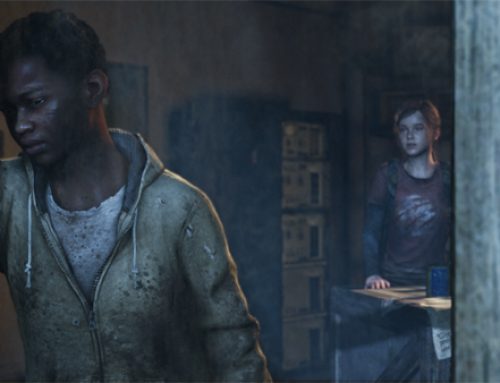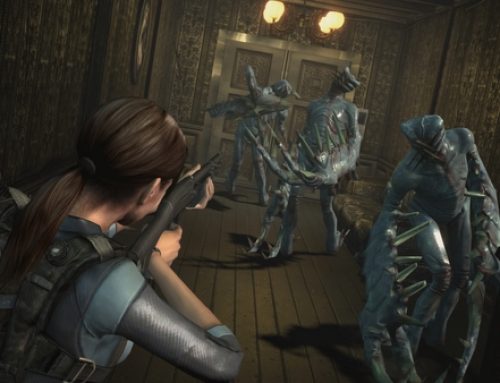Scan the list of this fall’s big titles and you’ll see a bunch of sequels. With the exception of Valve’s “Left 4 Dead,” out next week, the only two wholly original blockbusters this fall are from Electronic Arts, once known for wringing every drop of blood from its franchises and shunning risky new intellectual property.
The jury’s still out on this week’s “Mirror’s Edge,” but with “Dead Space” (rated M, $60 for PS3 and Xbox 360, $50 for PC), EA has a bona fide megafranchise on its hand. With a fascinating backstory, proven setting and talented development team, the space frightfest should see sequel upon sequel.
You play as Isaac Clarke, an engineer whose team is sent to check out the Ishimura, a mining ship overtaken by an alien life form that propagates itself by animating and reconfiguring dead bodies. Yeah, “Dead Space” is basically a zombie game, but its necromorphs aren’t your father’s zombies. They’re fast, agile and cunning. Because you’re battling brainless reanimated tissue, the key to victory is to dismember as many limbs as possible. If you use the mining equipment you find to simply cut the creatures in half, you’ll be brought down by a rogue torso you forgot all about once you separated it from its legs.
It’ll be hard for any of this year’s remaining titles to dethrone “Dead Space’s” presentation, which forgoes the typical “heads-up display” so common to shooters in favor of health and ammo indicators built into Isaac’s suit and weapons. The game’s inventory menu is holographic, and bringing it up doesn’t pause the game’s action. You can’t spend an eternity sifting through your backpack while monsters patiently wait for you to finish, a design decision that adds a level of immersion to “Dead Space’s” terrific visuals.
“Dead Space” is among the best-looking games you’ll find this year, and its hi-def visuals go perfectly with its quiet-LOUD-quiet approach to sound. The Ishimura sounds like a largely deserted spaceship should sound, particularly in the zero-gravity scenes on the ship’s hull. But throughout the game, the quiet moments are punctuated by sudden appearances of shrieking necromorphs. The contrast in volume is unsettling, and if you’re fond of playing the game late at night, with the lights off, you’ll often have to decide first whether to shoot or reach for the remote to avoid waking the neighbors.
While “Dead Space” has plenty of scares, they tend to be startling, rather than disturbing. If a necromorph isn’t making you jump out of your seat by unexpectedly popping out of a vent, you’re scrambling around a cramped room trying to dismember 10 limbs with six bullets. The game delivers white-knuckle moments so well that every time I killed more than three or four necromorphs at a time, I desperately scrambled back to the most recent save point to lock in my progress.
These routine moments are plenty scary, but they pale next to the
game’s one, perfect psych-horror set piece. Throughout “Dead Space,” you’ll encounter plenty of suicide victims, who chose to end their lives on their own terms rather than be ripped apart by the necromorph menace. As you learn about Unitology, the game’s Scientology-inspired cult, though, you’ll occasionally stumble across something much darker: a body with no signs of trauma and a bag over its head. One horrific, late-game scene featurees a room that recalls Jonestown and the 1997 Heaven’s Gate suicides, when dozens of cultists in Rancho Santa Fe donned matching outfits, took a lethal dose of alcohol and sleeping pills, and put plastic bags over their heads before dying en masse. Grappling with the question of why a large number of people, even fictional ones, would choose such a fate is an order of magnitude scarier than a shrieking necromorph bursting through a wall. Hopefully, the talented crew behind “Dead Space” will craft more such moments for the inevitable sequel.



